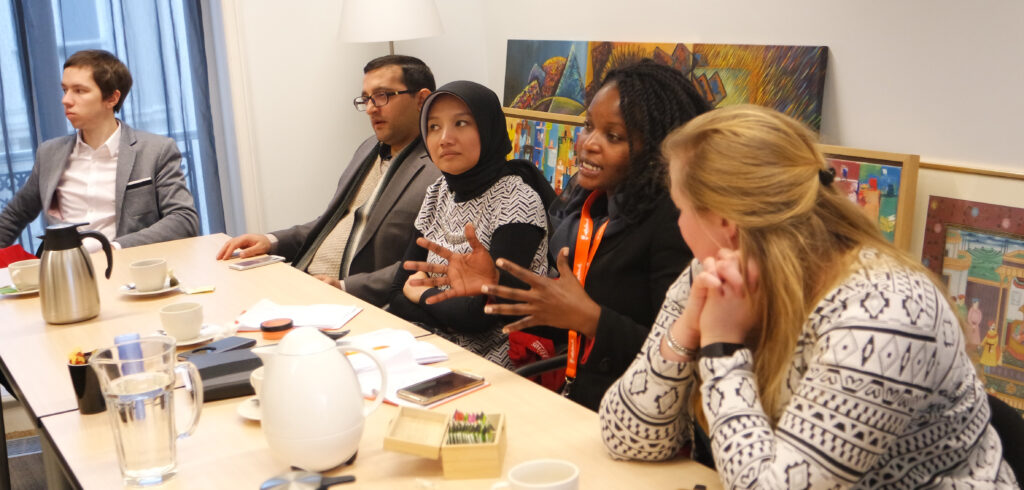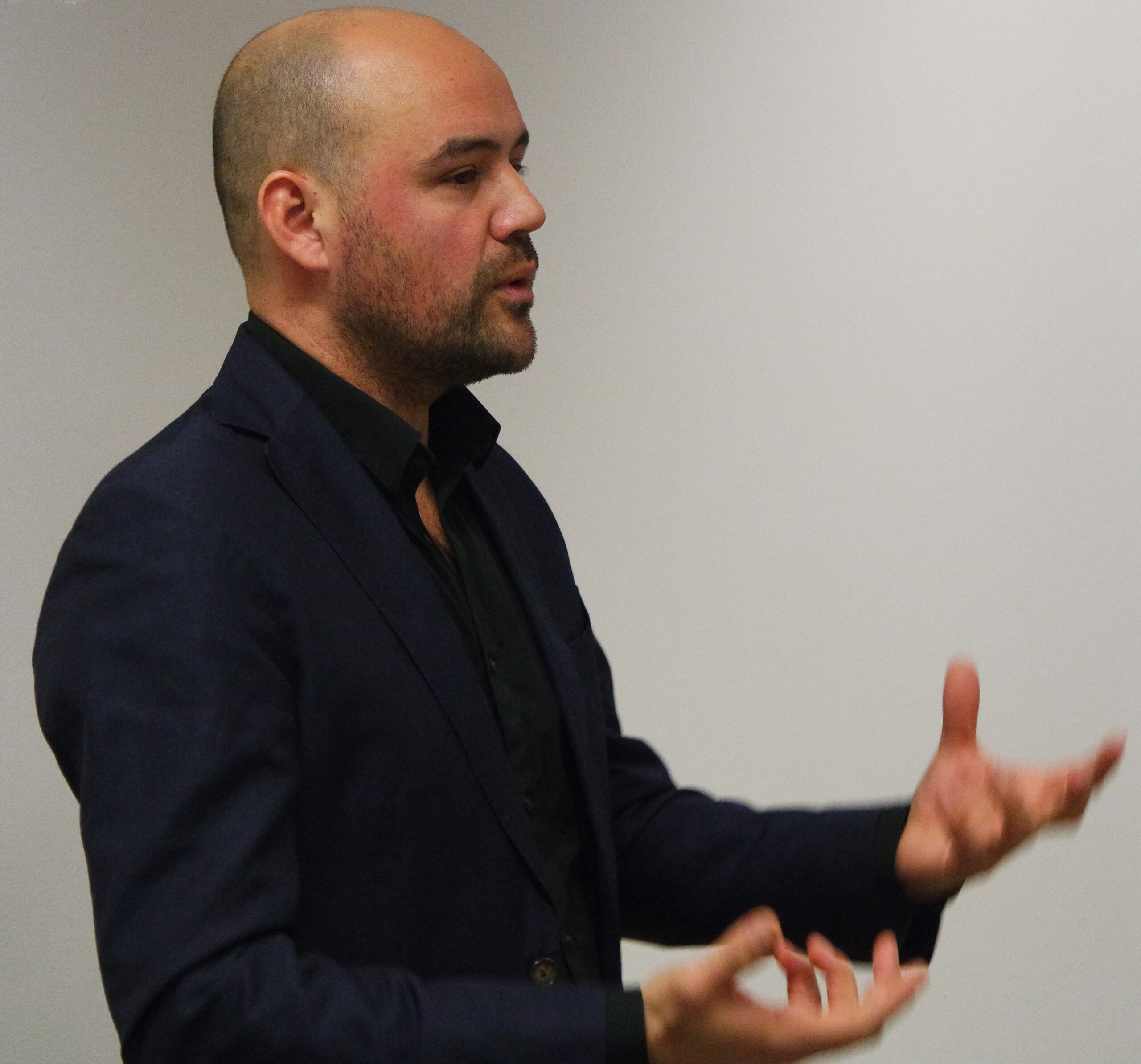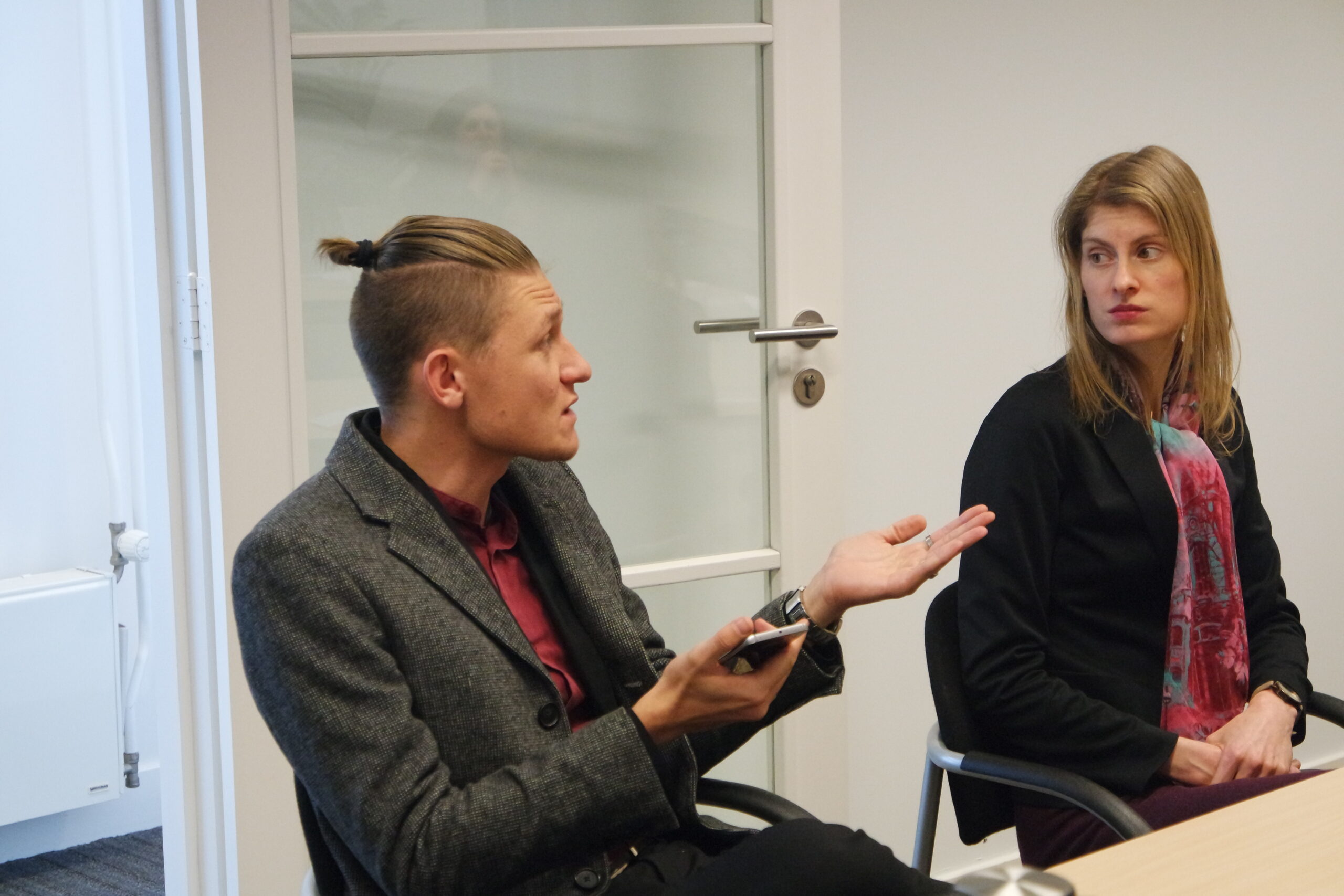Introducing NIMD: A visit by high potentials from emerging countries

On 10 February, NIMD welcomed participants of the Dutch Visitors Programme (DVP) for high potentials to its main office in The Hague. The purpose of the visit was to introduce the young high potential participants to NIMD’s work and approach.
The DPV
Every year, the Netherlands Ministry of Foreign Affairs and the Ministry of Economic Affairs invite a group of young people with high potential from emerging countries to the Netherlands for a two-week programme on democracy and rule of law.

The participants are talented, entrepreneurial and internationally oriented with backgrounds varying from government or politics to education and science.
The programme aims to contribute to a better understanding of the Netherlands through the exchange of professional and personal experiences between these participants and their Dutch colleagues.
Presenting NIMD
During their visit to NIMD, the high potential visitors met with Jerome Scheltens, NIMD’s Knowledge Development Advisor, who illustrated NIMD’s approach by highlighting the organisation’s programme in Tunisia.

From the start of the Jasmine Revolution in 2011, to NIMD’s first interparty meeting in January 2012, and the creation of the NIMD Tunisian School of Politics in the same year, Jerome took the participants through the creation of the programme, right up to the present day.
He stressed NIMD’s work, in the context of Tunisia’s democratization, not only enhance political skills and knowledge within the country, but also inspire cultural change, motivating politicians to work together and seek compromise both within their parties and across party lines.
“What we seek to do on a cultural level is foster an attitude of openness and help politicians to incorporate democratic values into their work.”
The case study was followed by an exploration of NIMDs multiparty origins, and inclusive approach to deepening democracy through its programmes.

The presentation opened the way for a lively question and answer session, with many of the young potentials sharing examples from their own countries.